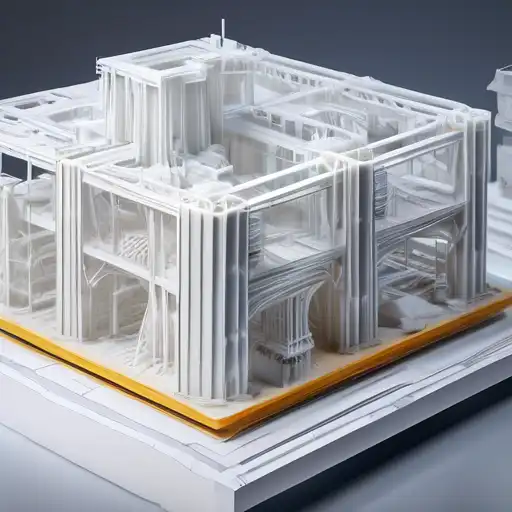Introduction to 3D Printing in Construction
The construction industry is on the brink of a revolution, thanks to the advent of 3D printing technology. This innovative approach to building is not only faster and more cost-effective but also opens up new possibilities for architectural design and sustainability. In this article, we explore how 3D printing is shaping the future of construction.
The Benefits of 3D Printing in Construction
3D printing, or additive manufacturing, offers numerous advantages over traditional construction methods. Here are some of the key benefits:
- Speed: Buildings can be constructed in a fraction of the time it takes with conventional methods.
- Cost-Effectiveness: Reduced labor costs and material waste make 3D printing a more economical option.
- Design Flexibility: Complex geometries and custom designs are easily achievable, allowing for more creative architectural solutions.
- Sustainability: 3D printing minimizes waste and can use recycled materials, contributing to greener construction practices.
Current Applications of 3D Printing in Construction
Around the world, 3D printing is being used to construct everything from residential homes to commercial buildings and even bridges. Some notable examples include:
- The first 3D-printed house in the Netherlands, which was fully habitable and met all building codes.
- A 3D-printed office building in Dubai, showcasing the potential for rapid construction in urban areas.
- Innovative 3D-printed bridges in Spain and China, demonstrating the technology's applicability to infrastructure projects.
Challenges and Future Prospects
Despite its potential, 3D printing in construction faces several challenges, including regulatory hurdles, material limitations, and the need for skilled operators. However, as the technology matures and these issues are addressed, the future looks bright. Experts predict that 3D printing could account for a significant portion of construction projects in the coming decades, especially in areas requiring rapid deployment or unique designs.
Conclusion
3D printing is set to transform the construction industry, offering a faster, cheaper, and more sustainable way to build. As technology advances and adoption grows, we can expect to see even more innovative applications of 3D printing in construction, paving the way for a new era of building design and efficiency.
For more insights into the future of construction technology, check out our articles on sustainable building materials and the future of urban development.
